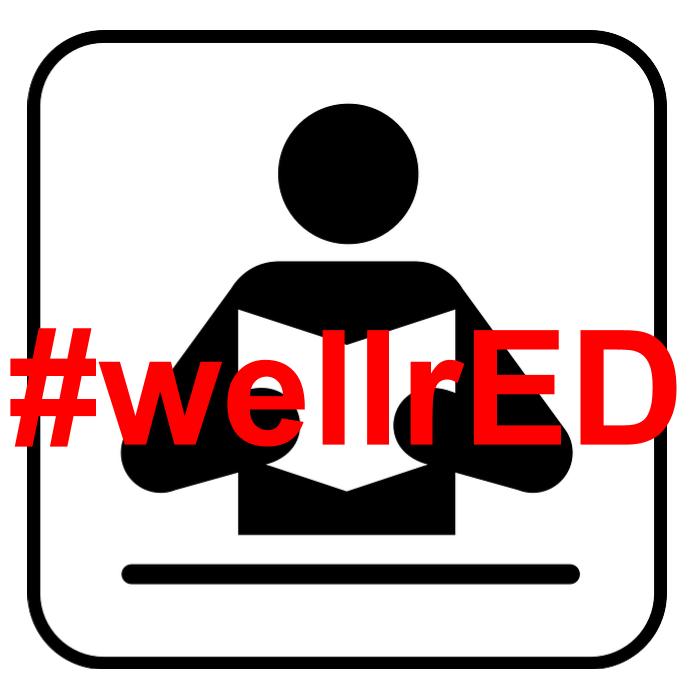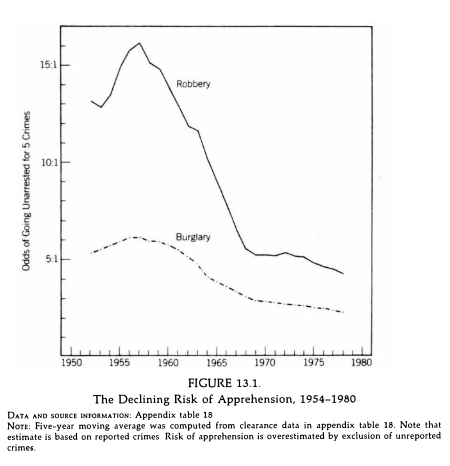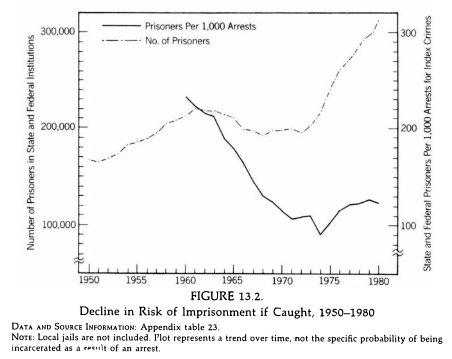
Dana Boyd’s It’s Complicated has been on my Kindle for longer than a book of its quality should have to wait in digital limbo before a person gets around to reading it.
Complicated is Boyd’s distilling and examination of years of exploration of the online lives of the American teen. Making the title apt, the text shows that teens’ relationship to online spaces is complicated and best summed up for me in the closing pages:
As teens work through the various issues that emerge around networked publics, they must struggle with what it means both to be public and to be in public.
I tried, as I made my way through the book, to figure out where I was agreeing with Boyd because she was making points I’ve made in public before and where I was agreeing with her because she’d masterfully unveiled a new line of thinking. In the end, I tipped my hat to Boyd because she’d made points that had never occurred to me and woven them together with what I realized were my own simple ways of thinking.
Explaining Complicated to a friend the other day, I explained, were I designing a syllabus that included the book, I’d follow it quickly with Jane Jacobs’ Death and Life of Great American City.
Because that’s what Boyd does here, she pounds the digital concrete of modern American cities and attempts to understand how teens are hanging out there the way they used to do on stoops and in malls across the country.
Additionally, she works to understand adults’ fears that have driven teens to these spaces and adults’ fears now that they’re there. Boyd writes, “[S]ocial media services like Facebook and Twitter are providing teens with new opportunities to participate in public life, and this, more than anything else, is what concerns many anxious adults.”
I read the book with a constant refrain in my mind, “What kind of adults are we forcing these teens to become?”
For adults to make their way through that fear, Boyd later adds, “For adults to hear the voices of youth, they must let go of their nostalgia and suspend their fears.”
Perhaps this idea is where Complicated hits its highest note. In helping readers to pull apart the fear from the fact, Boyd sets the stage for a measured, informed conversation of how we create and monitor online and physical spaces for our teens.
I read the book with a constant refrain in my mind, “What kind of adults are we forcing these teens to become?”
If you’re looking for something more informed to say than, “Kids these days!” then it’s time to pick up Dana Boyd’s It’s Complicated.
You can find a full list of Kindle notes and highlights from the book here.




